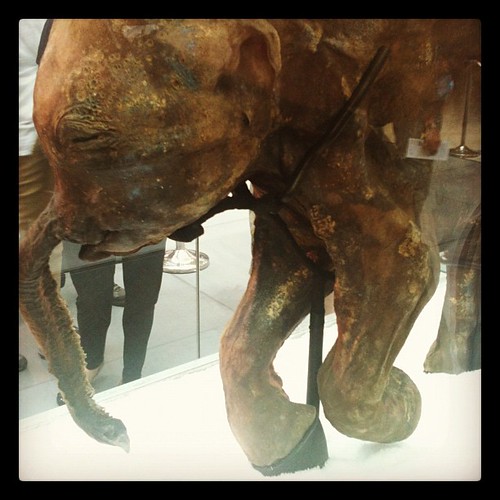Sometimes the simple things…
Sometimes you have a lesson that is perfect just because it taps into the most basic needs and interests of your students. No technology, no complicated set-up, just pure engagement.
Today I taught one of those lessons with my Prep and Year 1 classes. These boys are mostly nice children, although there are a few in there with poor social skills or impulsive behaviour that can interrupt carefully-planned activities. Many of these children are still learning to read with any fluency, and cannot write long pieces of text. Therefore a lot of our response-to-literature activities include drawing, colouring, matching images to words, those sorts of things.
Not today.
Today we were interactive.
Our book today was Donald Loves Drumming by Nick Bland. Young Donald the rhino has a drum kit which he loves to play, but he is just as happy to drum his sticks on any other object available, or to clash cymbals, or do anything that is louder, faster, messier, higher or more dangerous! There is so much boy-focused action in this book that I thought we should have some in our class, and let them get really involved in the story. (I’m sure that wiggly little girls would enjoy it too, but as my school is boys-only, the point is moot for me.)
The Activity:
-
I asked everyone to space themselves out further than usual so that there was a little circle of space around each child.
Every time I said ‘drumming’, the boys had to drum madly on the floor until I said ‘stop!’.
We practiced drumming and stopping a couple of times, with lots of reinforcement of great listening.
I told the children that we were going to have a lot of fun with this, but that we could only do the drumming if everyone followed the rules.
I read the book to the class, putting plenty of emphasis and expression into every ‘drumming’, and using very sharp and clear ‘stops!’.
The boys were thrilled with the chance to get really physical and a bit noisy with the story, and loved the challenge of stopping exactly on my command.
As the story went on I introduced some other actions, such as wiggling fingers to show rain, a falling sound or hammering sound to match events in the story.
The Result: I am really pleased with the way this lesson turned out. We didn’t have any cute pictures to take home for the fridge, and I am kicking myself for not thinking to set my iPad up to record the sound of their drumming, but that wasn’t the aim. I wanted the boys to recognise their role as participants in the story. Given that these boys are 5, 6 or 7 years old, a really physical activity is a beautiful match for their stage of mental and social development. Although this lesson required no technology, I think it demonstrates why things like iPads are so exciting for children. They are still learning about the world by physically manipulating it, or by moving their bodies or making a noise, and activities that reward those kinds of behaviours will be more interesting to children. When we give children access to technology, we need to make sure it matches their needs and abilities in a rich way. I think that my classes had morefun today drumming on the floor than they did in other lessons when we manipulated an ebook app on the IWB. I know I did!












